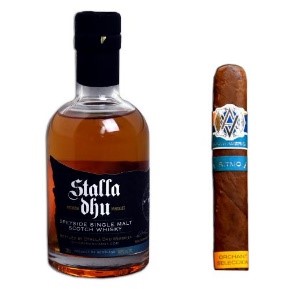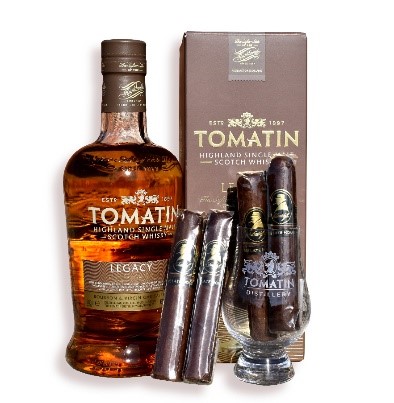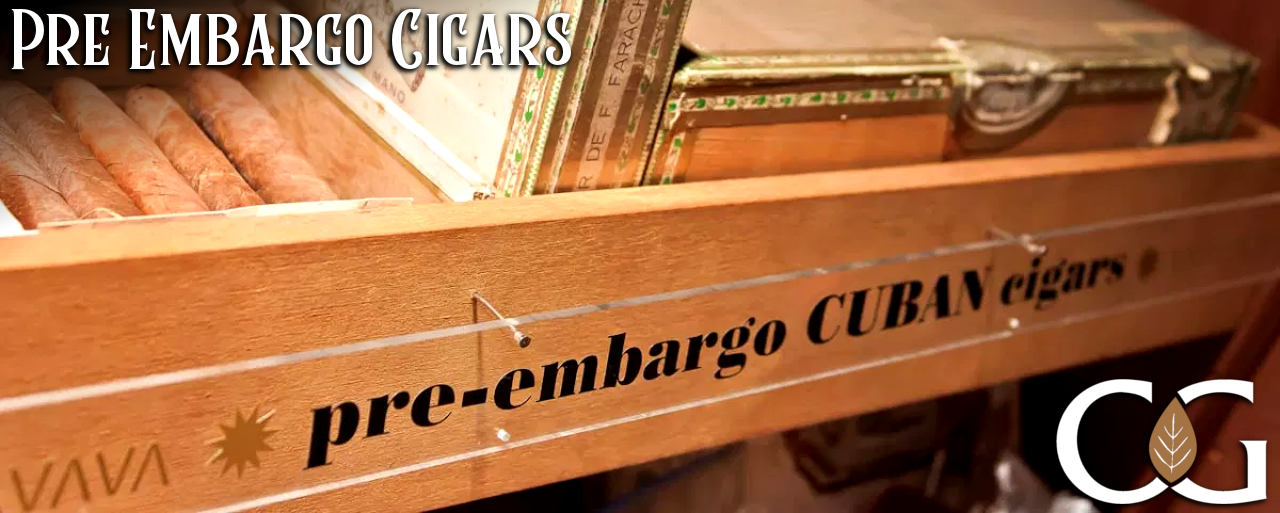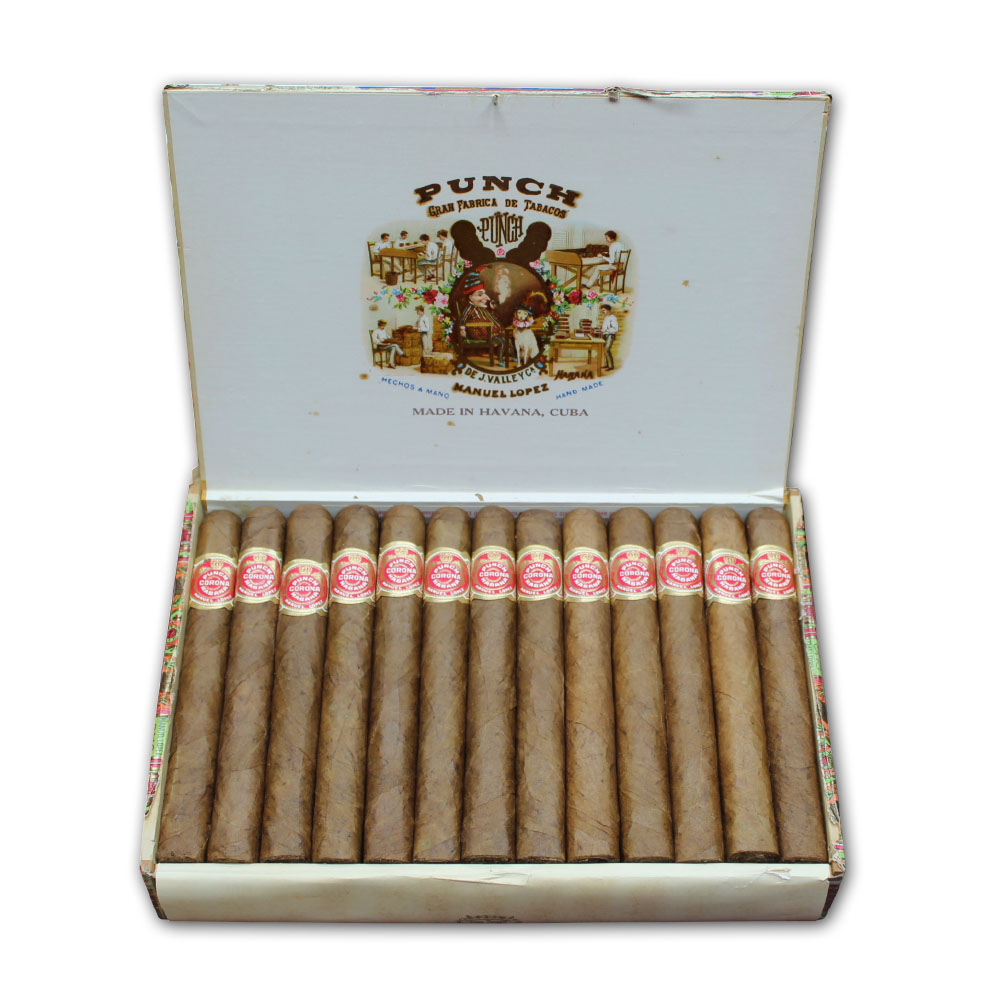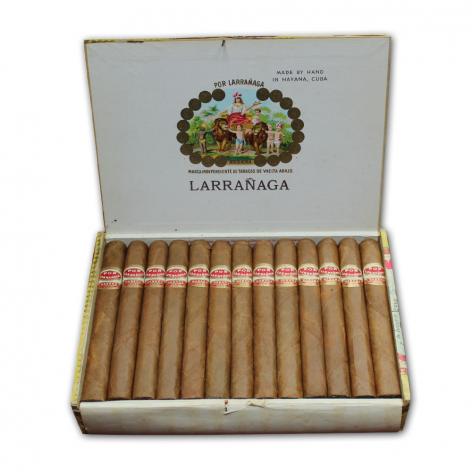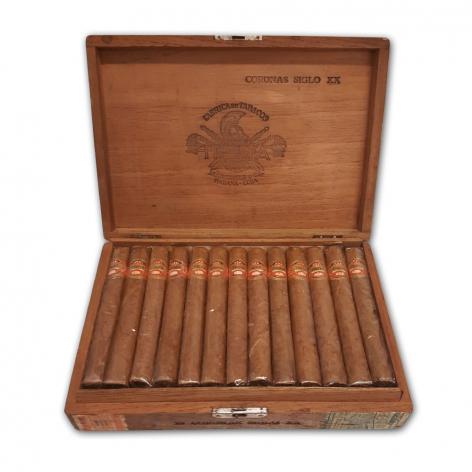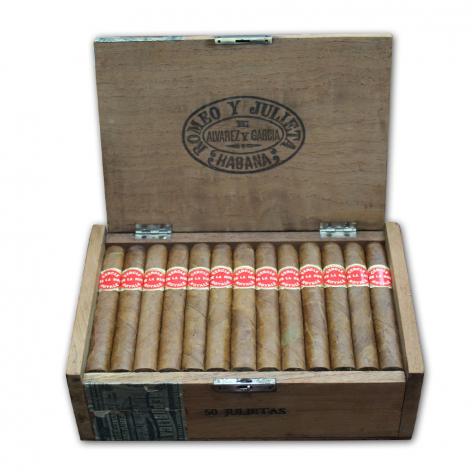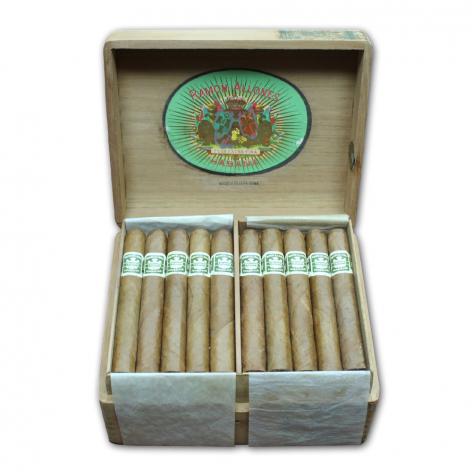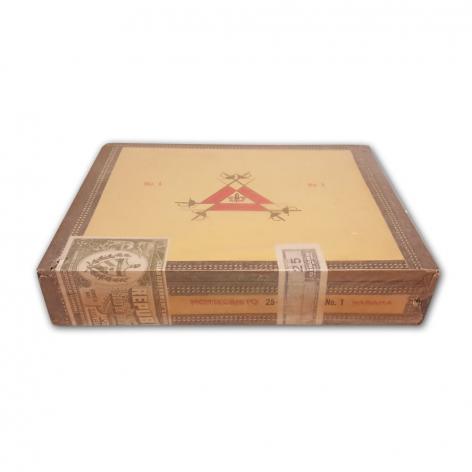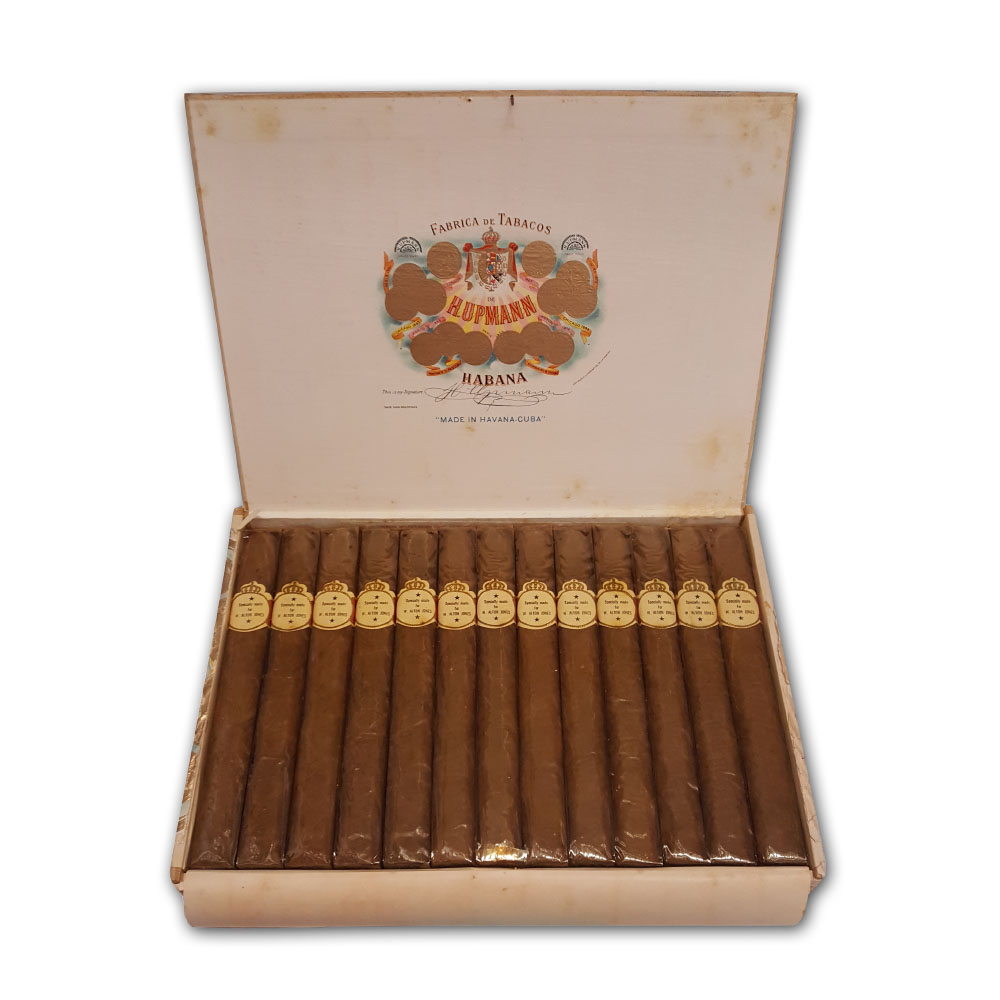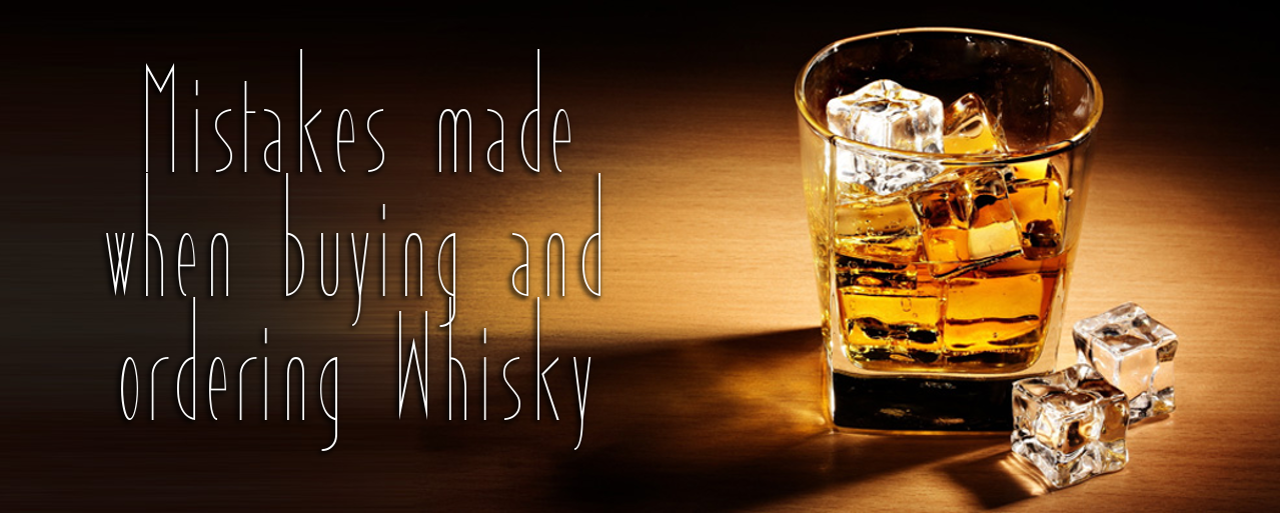How to cut and light a cigar, this is an art that will maximise enjoyment of your chosen smoke. Every Havana is made from three components; filler, binder and a wrapper leaf that is sealed at the cigar’s ‘head’ with a cap made from a piece of wrapper leaf.
To cut a Havana, you need to remove most of this cap with a single slicing movement across the shoulders of the cigar. A guillotine cutter or special scissors are best suited to the task. The bottom section of the cap should remain, as it secures the wrapper leaf and, therefore, the contents of your chosen cigar.
You may have heard talk of piercing the end of a Havana with a match to prepare it for smoking, but we don’t subscribe to this method, as it causes poor draw.
The main bone of contention is the band, the question of whether to remove it or not has probably been debated ever since cigars were first made. Most of the meticulous ‘banding’ of Havanas is done by women; the process apparently requires a feminine touch. The most sensible advice seems to be to remove the band only after the cigar has been alight for five minutes or so, by which time warmth will have made it easier to remove. Any earlier attempts at removal could quite easily damage the wrapper leaf.
This, it must be said, is quite justified. The wrapper (or Capa) comes from the Corojo plant, and costs more to produce than all the other tobaccos in a Havana. The wrapper is also most precious because it dresses the cigar, dictating its appearance.
Consider all this, and you will agree that even when the sensible 5 minute rule has been followed, you would still be advised to peel rather than pull off the band.
Our recommended brand of cigar cutter is Colibri, with Colibri, you’ll be assured that your cigars are prepared with a precise cut.
View our full range of Colibri Cutters here.
Lighting your cigar
Quite unlike lighting a humble cigarette, the noble Havana is demanding, and requires more time and attention. The fatter the cigar, the longer it will take, because you must be sure to light the whole of the foot to avoid uneven burning. Cigars are also fussier in terms of the type of light used. Petrol lighters are to be avoided because their aromas interfere with that of the Havana’s tobacco. The best implements are the odourless flames of wooden matches (but let the head burn off first) and butane lighters.
Appropriate flame in hand, you should first char the end of your Havana to increase the chance of its even ignition. Once glowing, gently blow on it to make sure that it is burning evenly. Further increase its chances by rotating the Havana in your fingers whilst drawing the flame onto the cigar.
It is not unusual for a Havana to go out before its smoker has finished enjoying it! The many first time cigar smokers amongst us did wonder what we had done wrong and thought about abandoning our charred remains! But it is easy to reinstate full burn status with some gentle re-lighting, without even putting the cigar to your mouth. Clear the ash from the foot of the Havana and then heat it in a flame. If in doubt, we discovered, always re-light, because you will be disappointed if you try to smoke a Havana that has partly ‘died’. Oh, and one more point to remember don’t tap your Havana during smoking.
Reproduced with kind permission of Hunters & Frankau – December 2000
(Havana cigar importers with over 200 years experience)






 If you do not have a walk-in humidor or cellar then you can probably undertake a similar process using two ‘Zip N Seal’ plastic bags. Firstly, puncture the smaller bag with many little holes and then insert the open box and close the bag. Place that bag, now containing the cigars, into a larger ‘Zip N Seal’ bag containing a wrung-out slightly damp sponge. Seal the second bag. After four to six days the cigars should be removed from their box and exposed to the full humidity. Sometimes small water bubbles may appear under the wrapper, but there is nothing to fear as long as you give the cigars a 25% rotation every two or three days. Complete the process until the cigars have been fully rotated at least twice, providing even exposure to the humidity. By this time any bubbles will have disappeared. This process can take up to three weeks.
If you do not have a walk-in humidor or cellar then you can probably undertake a similar process using two ‘Zip N Seal’ plastic bags. Firstly, puncture the smaller bag with many little holes and then insert the open box and close the bag. Place that bag, now containing the cigars, into a larger ‘Zip N Seal’ bag containing a wrung-out slightly damp sponge. Seal the second bag. After four to six days the cigars should be removed from their box and exposed to the full humidity. Sometimes small water bubbles may appear under the wrapper, but there is nothing to fear as long as you give the cigars a 25% rotation every two or three days. Complete the process until the cigars have been fully rotated at least twice, providing even exposure to the humidity. By this time any bubbles will have disappeared. This process can take up to three weeks.

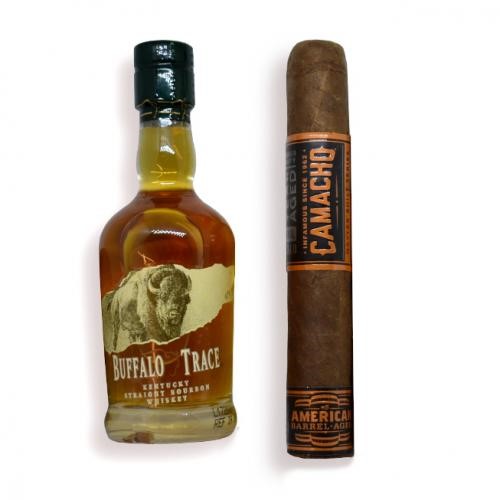 A classy Bourbon, Bourbon Trace is from the eponymous distillery that has been responsible for some truly outstanding products in recent years. A great whisky, with oodles of vanilla, barrel char and spicy complexity and overall a must-stock for any bar worthy of the name.
A classy Bourbon, Bourbon Trace is from the eponymous distillery that has been responsible for some truly outstanding products in recent years. A great whisky, with oodles of vanilla, barrel char and spicy complexity and overall a must-stock for any bar worthy of the name.